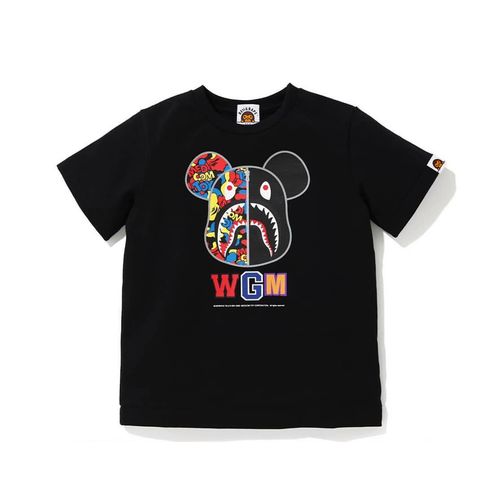The technology of textile fabrics mainly includes card printing, printing and embroidery. These technologies are processing methods to increase the decorativeness and added value of fabrics.
1. Jacquard: Jacquard is a process of creating patterns through a special general editing device. During the carding process, various complex patterns and patterns can be created by controlling and operating the knitting device of the carding machine. Card flowers can be used on different types of fabrics, such as silk, cotton, woolen fabrics, etc. Its ability to produce highly personalized and unique effects makes it widely used in areas such as high-end clothing and home textiles.
2. Printing: Printing is a process of applying colors, patterns or designs to fabrics. Printing can be done using different methods, including flat printing, gravure printing, rotary screen printing, heat transfer printing, etc. A common method of flat printing is to print the design or pattern on printing paper, and then transfer the pattern to the fabric through heat pressing or other fixing methods. Printing can give fabrics rich visual effects and textures, and is often used in areas such as clothing, home decoration, and handicrafts.
3. Embroidery: Embroidery is a technology that uses threads to embroider on fabrics. Embroidery can be done by hand embroidery or machine embroidery. Embroidery can embroider various patterns, patterns and text on fabrics, which has high artistic and decorative effects. Common embroidery fabrics include silk, cotton, linen, etc. Embroidery is commonly used in custom clothing, high-end home textiles and gifts.
To sum up, card printing, printing and embroidery are common techniques in textile fabric processing. They can add decoration to fabrics, making them more attractive and value-added, and are widely used in areas such as clothing, home textiles, and handicrafts.






